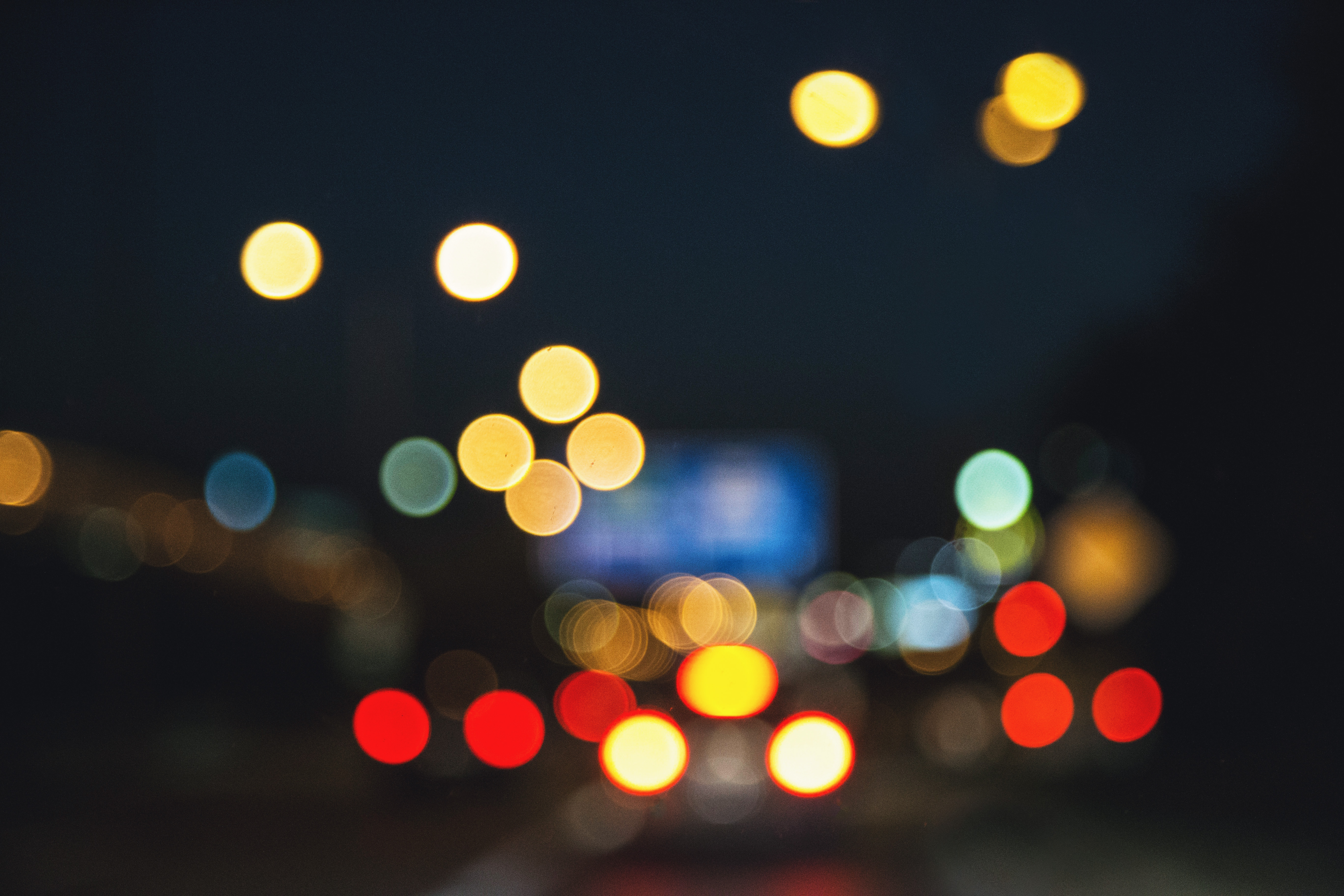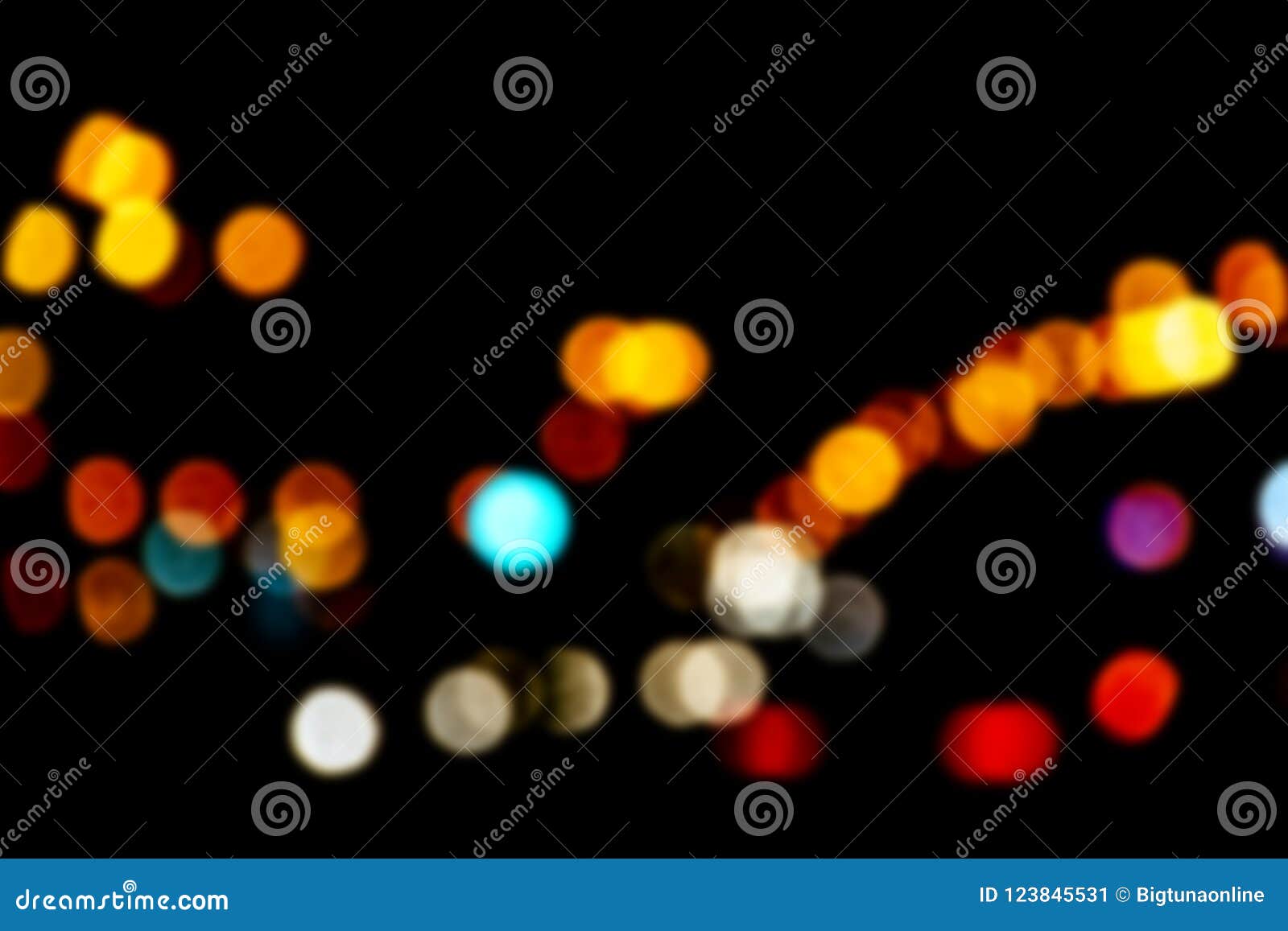
In fact, the effect doesn’t refer to photographing lights at all. The Bokeh effect can be used with all sorts of subject matters, not just candles and street lights. However, it’s not an editing effect Bokeh is an effect created directly in the camera, while you take the photo, which makes it much more challenging and exciting. To create these photos, photographers use an effect called Bokeh. You can also find them in portfolios of street and travel photographers. They’re very popular at Christmas, weddings, concerts, and festivals. We all know those dreamy pictures with blurred lights in the background.
#Bokeh lights how to#
Learn how to use it in your photos and create unique compositions. One of the cool features Crossphere Bokeh offers is the ability to customize the shape of the bokeh.The Bokeh effect is an artistic way to use the background or the foreground of a photo. However, I feel that Crossphere Bokeh does a much better job and gives users even more bokeh options. Crossphere BokehĬrossphere Bokeh is a plugin for After Effects that creates similar bokeh effects to Camera Lens Blur. Bokeh created using the Camera Lens Blur effect. Keep that in mind if you run into slowdowns while using it. One thing to note is that the Camera Lens Blur effect renders quite slowly. You can then customize the bokeh options from there. Just apply it to your footage and increase the Blur Radius.
#Bokeh lights pro#
The Camera Lens Blur effect is a fantastic effect for creating realistic bokeh and it’s built into Premiere Pro and After Effects.
#Bokeh lights free#
We’ll also look at a third-party plugin and a free After Effects preset. We’ll start with a look at the best bokeh effect bundled with After Effects and Premiere Pro. We can also create our own “digital bokeh” using effects and plugins.

If you want to know even more about customizing lenses, check out Todd Blankenship‘s tutorial on the Shutterstock Blog on How to Modify Your Own Lenses. You’ll want to make the hole of the shape fairly large, and use it on a lens with a low f-stop, with the aperture wide open. You can even create your own custom bokeh shapes by cutting out a shape on a piece of construction paper and holding it in front of your camera lens.

The CineMorph lens filter creates oval-shaped bokeh. The CineMorph lens filter is a popular one that helps replicate the oval shaped bokeh of anamorphic lenses. You can also adjust the shape of bokeh in-camera using modifiers like custom lens filters. Zooming in on a close subject will increase the size of bokeh. This is a nice trick if you have “slow” lenses, or a small camera sensor, like Micro Four Thirds. This is simply due to the fact that you’re zoomed in. So, small bokeh shapes will become quite large. When you zoom in on your subject, you’re effectively limiting the field of view. Zoom Lensesįinally, if all else fails, you can use zoom lenses. Bigger bokeh is often easier with a bigger camera sensor. Larger camera sensors typically allow for more light, which gives the potential for a narrow focus area.

This results in more bokeh potential for your background. In short, the bigger the camera’s sensor, the easier it will be to achieve a deep shallow depth of field. This results in bigger bokeh in the distant background. You’ll want to position your subject fairly close to you, since this will allow the background to fall farther out of focus. When trying to achieve bokeh, the positioning of your subject is extremely important. When you open the aperture all the way to f/1.4, you will get an incredibly shallow depth of field, resulting in some drastic bokeh effects. They’ll typically be prime lenses, such as a 50mm f/1.4. A lot of people refer to these as “fast” lenses. Lens F-Stopįirst off, for bigger bokeh you’re going to want to use a lens with a low f-stop number. Learn how to achieve bokeh effects in-camera. They are the f-stop of your lens, the positioning of your subject, the size of the camera’s sensor, and zoom lenses. Without getting too technical, if you’re trying to achieve bokeh effects in-camera there are four main things that determine the quality of your bokeh. A more formal definition of bokeh would be: the way in which out of focus light is rendered. The term bokeh usually refers to the out of focus “light orbs” you see on photos or videos.


 0 kommentar(er)
0 kommentar(er)
